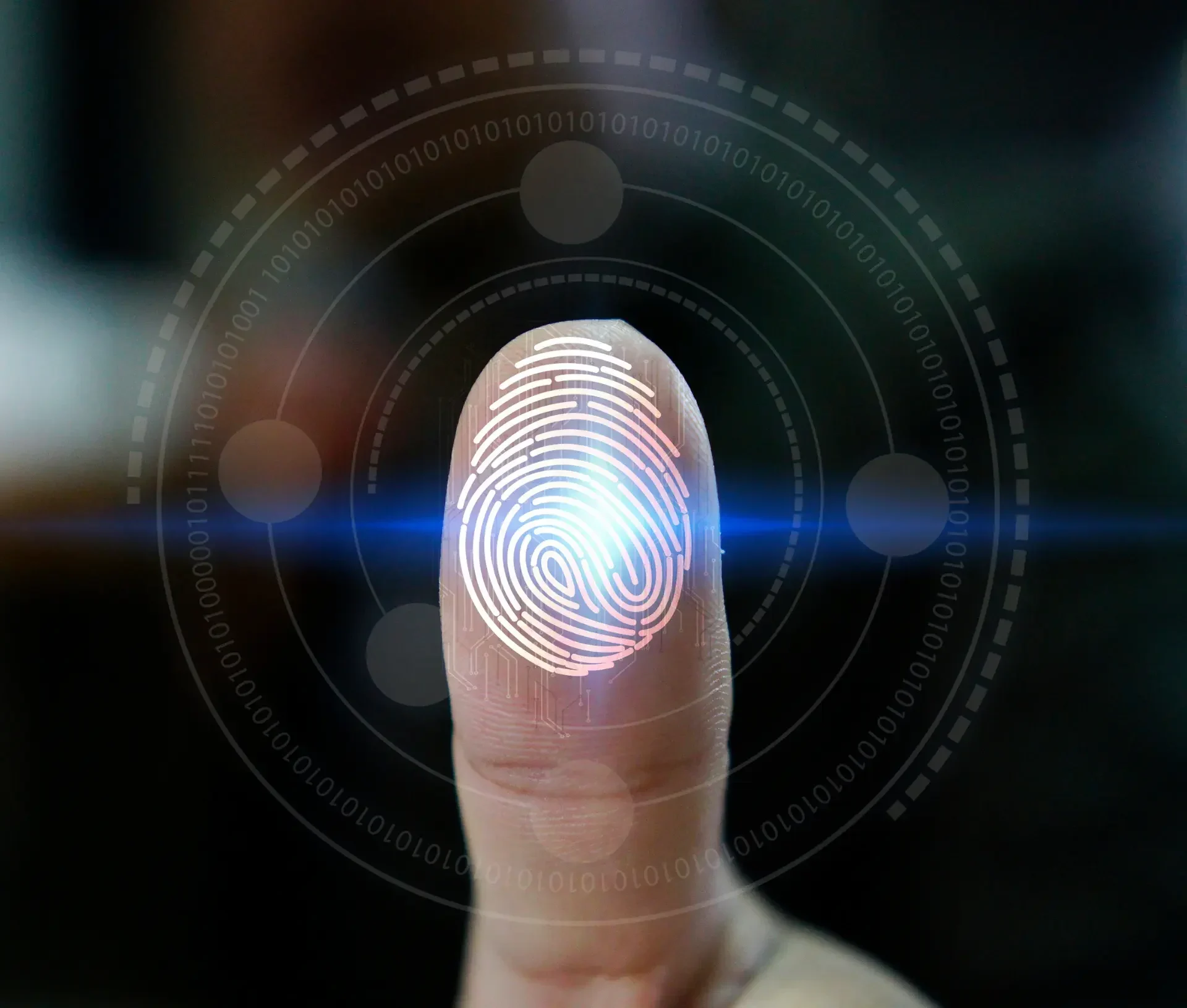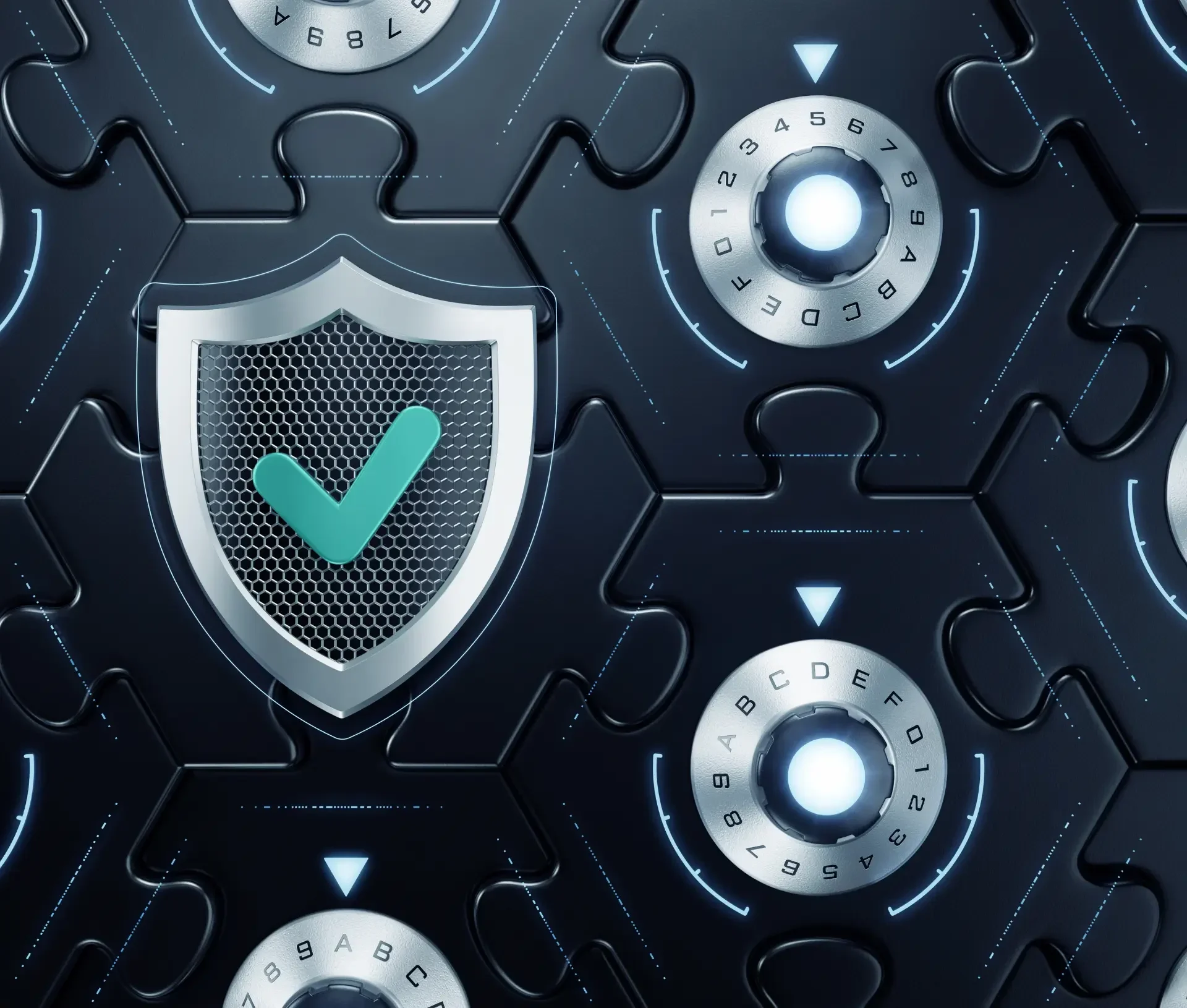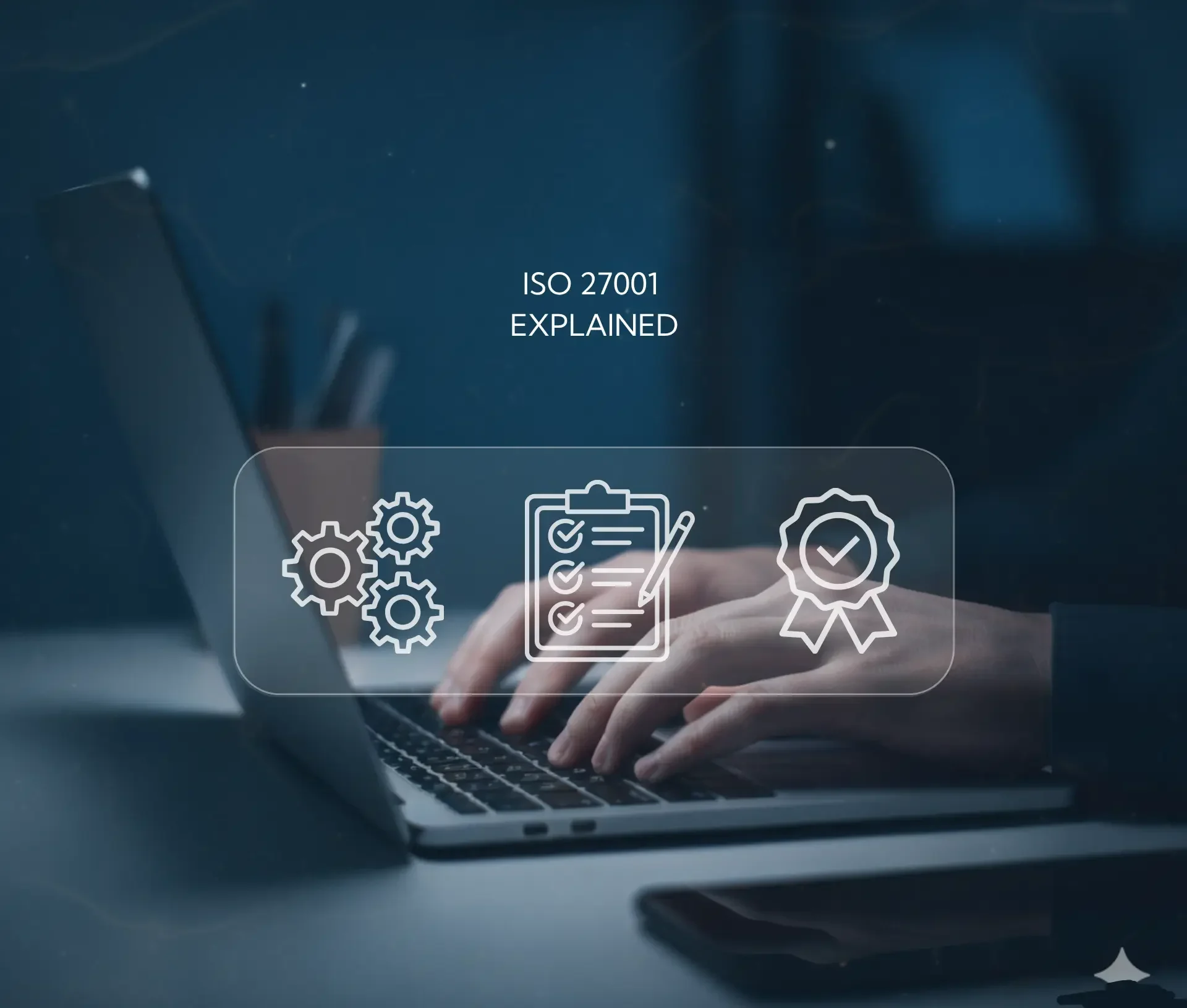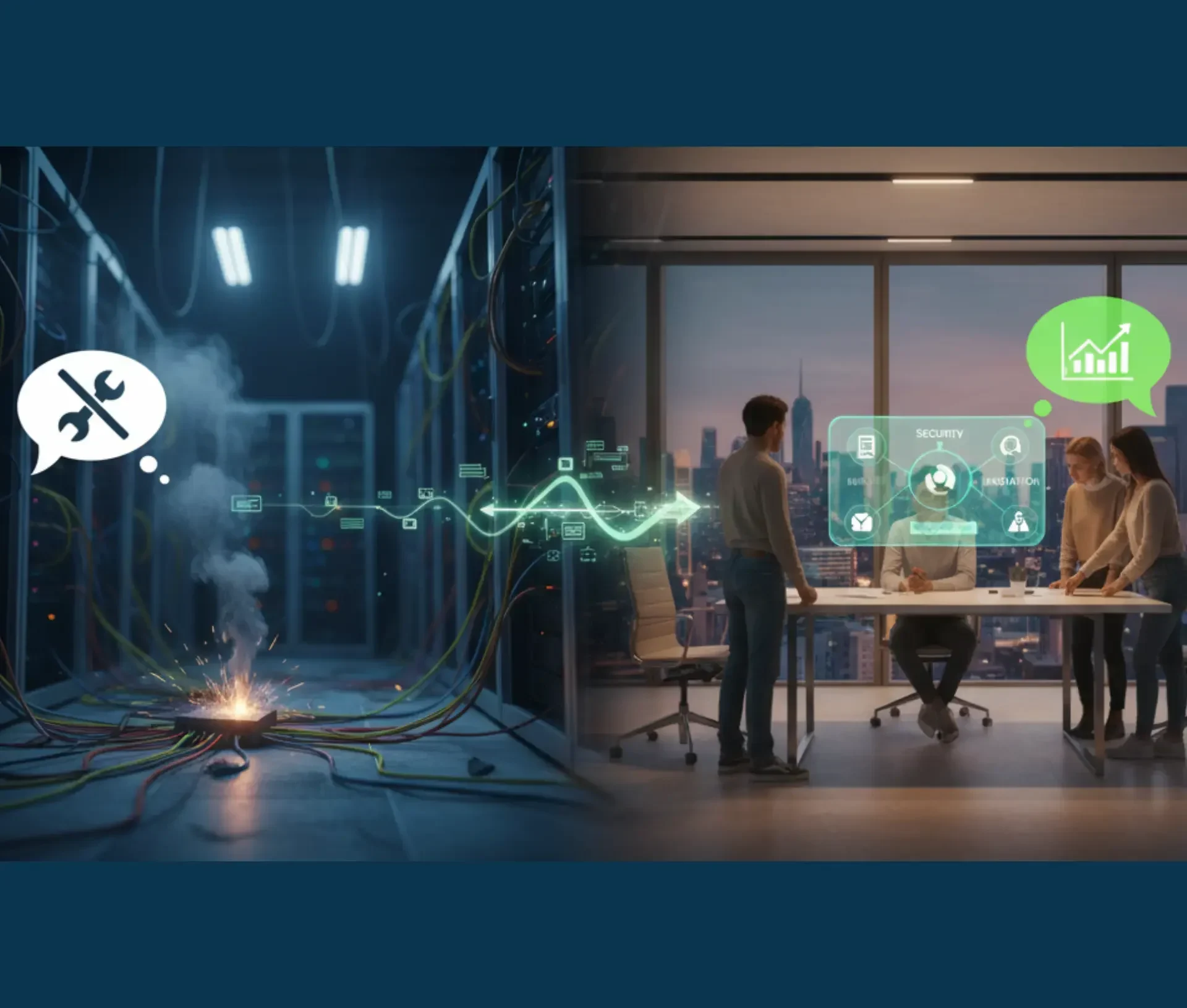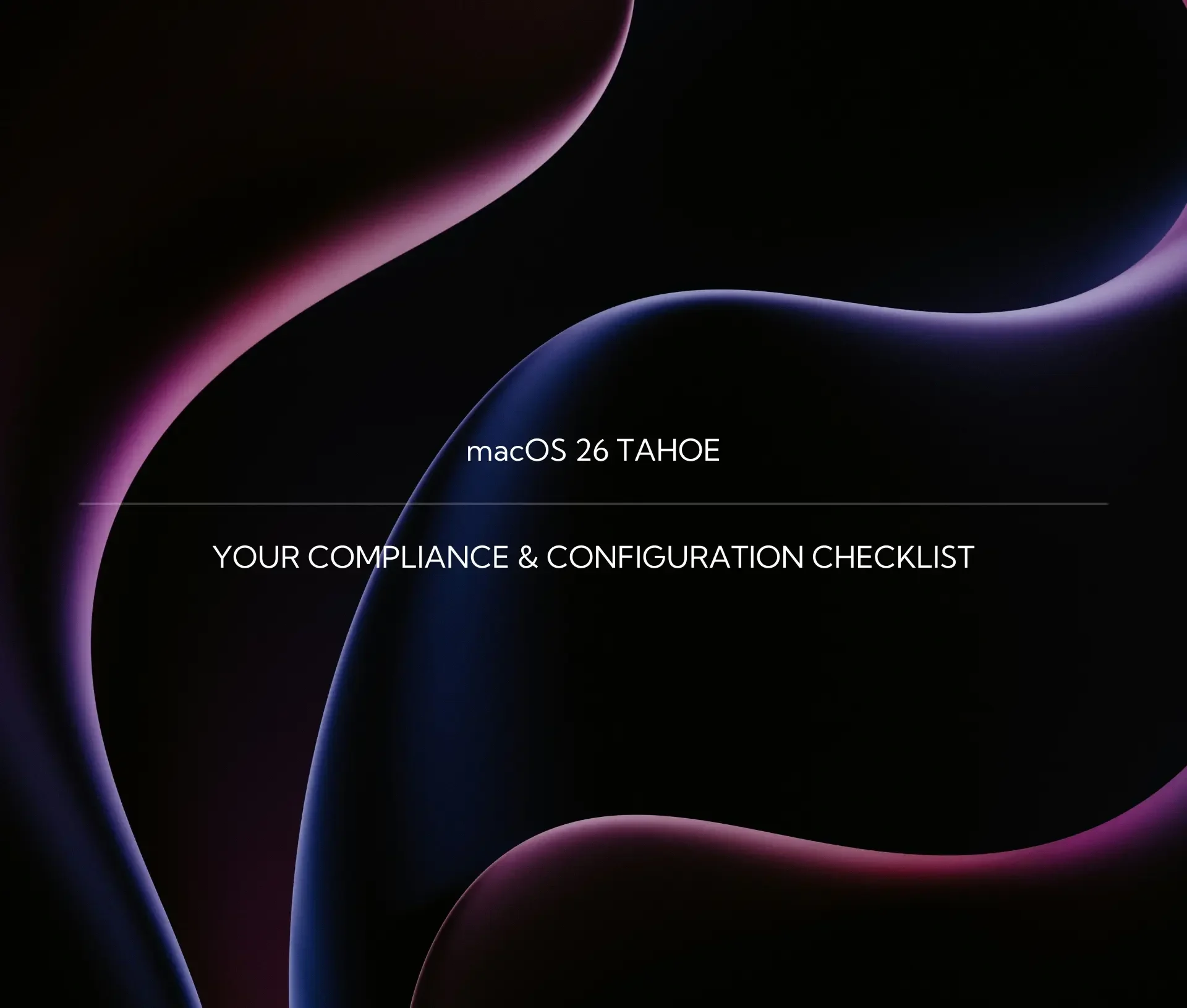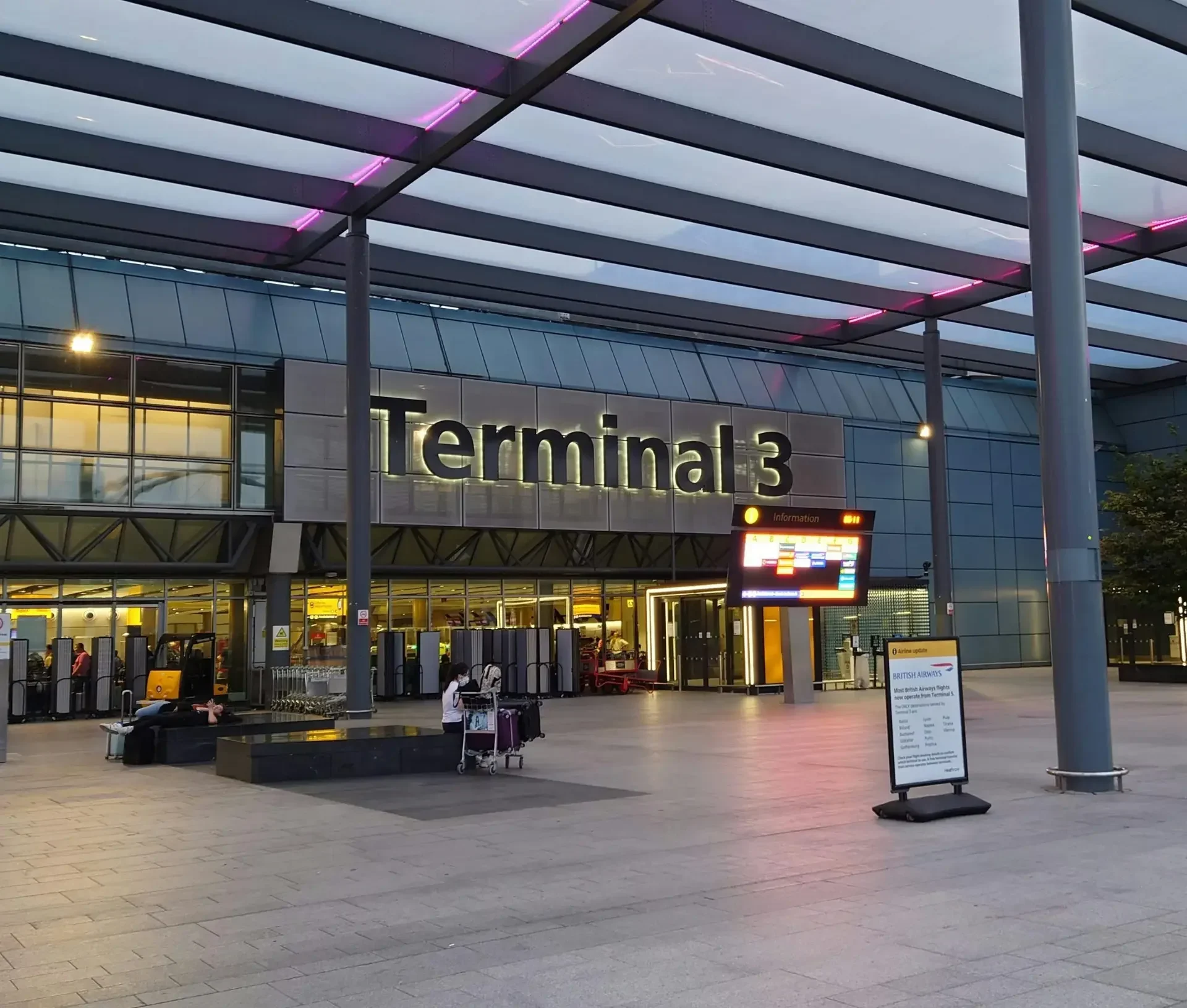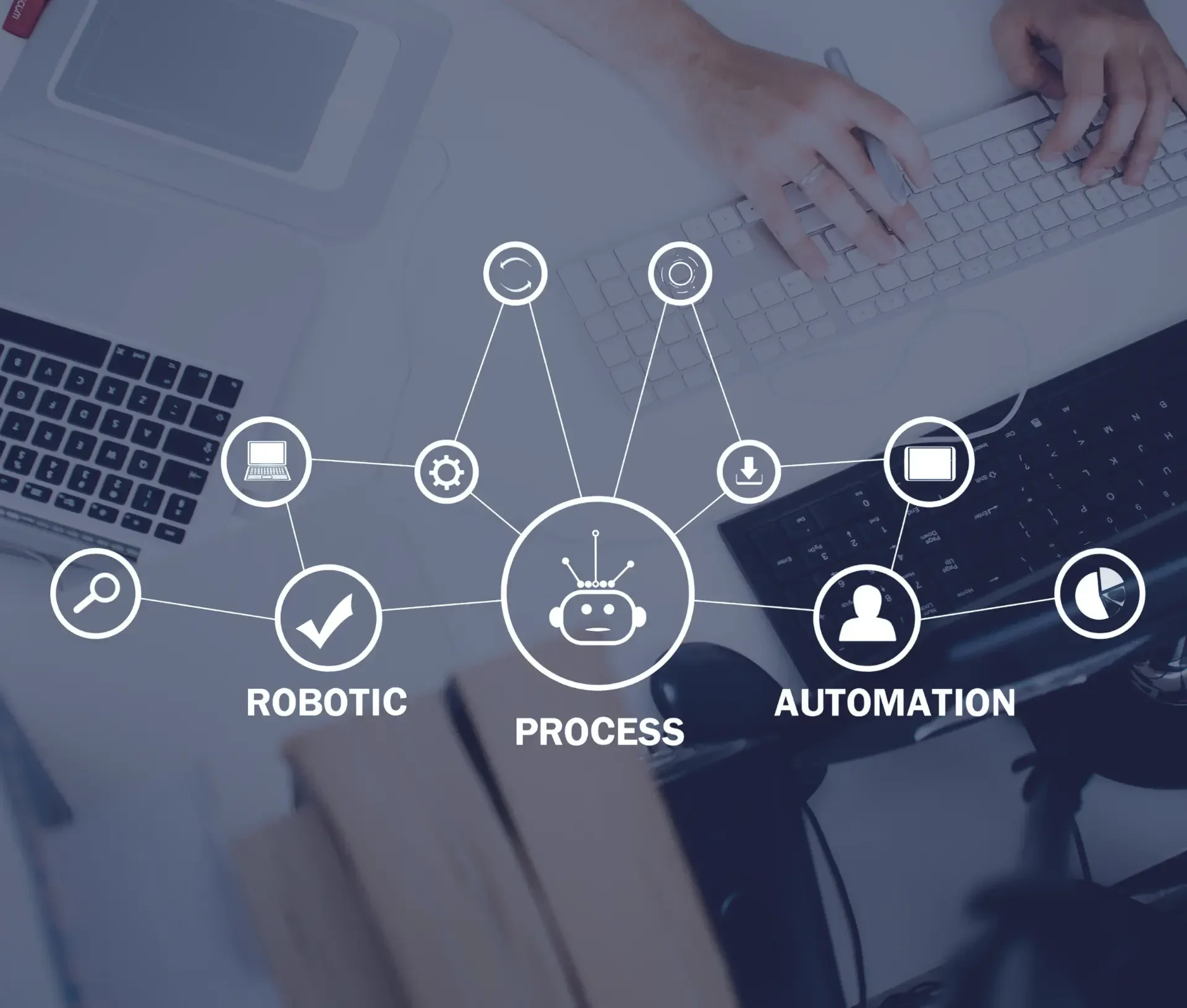Multi-factor authentication (MFA) used to be the gold standard for secure access. But as attackers evolve, static MFA isn’t enough. Adaptive authentication adds intelligence – assessing user behaviour, device, and context – to make access both smarter and safer.
Why Traditional MFA Is No Longer Enough
Multi-factor authentication has stopped countless breaches, but attackers are catching up. MFA fatigue, session hijacking, and prompt bombing now bypass basic verification methods.
That’s why businesses need smarter, more context-aware solutions that evolve as threats do.
For creative and hybrid teams, where people work from anywhere on any device, static MFA can’t always keep up.We explored this shift in our guide to Zero Trust Security – and adaptive authentication is the next natural step.
Security should adapt – not obstruct.
Talk to Dr Logic about upgrading your MFA to adaptive authentication today.
What Is Adaptive Authentication?
Adaptive authentication goes beyond asking for a code.
It uses real-time data to decide how much verification is needed and when.
It analyses:
- User behaviour (e.g., typing speed, access times, location)
- Device trust (known vs. new devices)
- Network risk (public Wi-Fi vs. secure corporate VPN)
If the login looks normal, users glide through. If not, the system asks for extra proof.
It’s security that adapts, without getting in the way.
Benefits for SMEs and Growing Businesses
Adaptive authentication isn’t just for enterprises. It’s now accessible and affordable for small and mid-sized organisations.
Stronger protection
Stops credential theft and MFA bypasses through real-time risk analysis.
Faster user experience
No unnecessary prompts for known users, improving daily productivity.
Easier compliance
Automatically logs verification events for audit trails, simplifying GDPR and ISO requirements.
Lower IT overhead
Fewer false positives mean fewer support tickets and reduced downtime – supporting your proactive IT monitoring strategy.
Adaptive Access in Action: From MFA to Context-Aware Security
Adaptive authentication connects the dots between identity, device, and environment.
Modern solutions (like JumpCloud, Okta, or Microsoft Entra ID) let IT teams:
- Unify access across macOS, Windows, iOS, and Android.
- Apply risk-based access policies automatically.
- Integrate with existing SSO and directory platforms.
At Dr Logic, we build this intelligence into our IT as a Service model, combining cyber security and device management under one secure identity layer.
Dr Logic’s Approach: Smarter, Safer Access by Design
Security should feel seamless.
That’s why our clients benefit from adaptive authentication through our managed JumpCloud integration, featured in our article on Smarter, Safer IT with JumpCloud.
We help you:
- Implement adaptive MFA with minimal disruption.
- Connect cloud and on-prem systems securely.
- Manage user access centrally across every device.
The result? Smarter security, fewer barriers, happier users.
Smarter logins. Stronger Security. Happier Teams.
Let’s build your next step in access control.
Book a Cyber Security Consultation.
Related Articles
- Insider Threats: Protecting Your Business From the Inside Out
- IT Disaster Recovery Planning: Minimising Downtime & Data Loss
- UK Cyber Infrastructure Warning: What Businesses Must Do Now
FAQs
Is MFA still necessary if I use adaptive authentication?
Yes – adaptive authentication builds on MFA, adding behavioural and contextual layers for smarter protection.
Does adaptive authentication slow users down?
No. It reduces friction by only prompting for extra checks when risk increases.
What tools enable adaptive authentication?
Solutions like JumpCloud, Okta, and Microsoft Entra ID provide adaptive MFA features.
Is this suitable for SMEs?
Absolutely. Our ITaaS model makes enterprise-grade security affordable and scalable for growing businesses.
